
How Much Does EU CE EMC Testing Cost?
The International Electrotechnical Commission (IEC) defines electromagnetic compatibility (EMC) as a system or device's ability to operate normally in its electromagnetic environment without causing interference to other systems or devices.
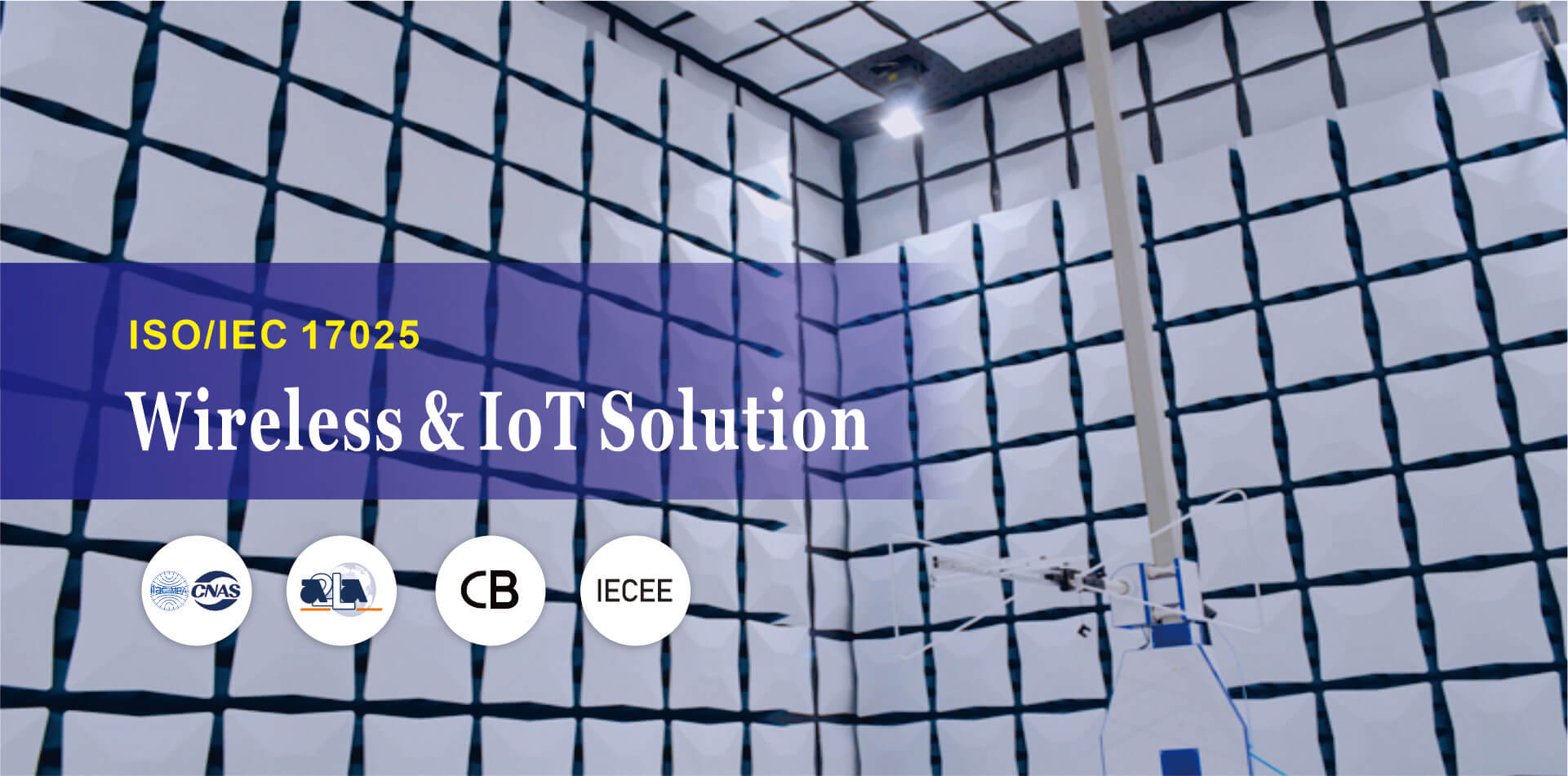
Definition and Importance of EMC
EMC refers to the requirement that electronic devices neither interfere with other devices nor be affected by them. Like safety, EMC is one of the most crucial product quality indicators. While safety pertains to people and property, EMC relates to both human and environmental protection.
EMC as Part of CE Directives
EMC under CE ensures products do not exceed limits for external interference (EMI) and have adequate resistance to interference (EMS). All electrical products must typically undergo emc certification.
EU EMC Directive History
To standardize the management of electrical equipment's electromagnetic compatibility among EU member states, the directive 89/336/EEC was introduced on May 1, 1989, and enforced starting January 1, 1996. The current directive is 2004/108/EC, with the updated directive 2014/30/EU effective from April 18, 2014, replacing the previous directive as of April 20, 2016.
Core Requirements for CE EMC Certification
CE certification mandates that electrical and electronic products must not emit electromagnetic radiation above specified limits and must possess sufficient immunity to continue functioning normally under exposure to electromagnetic interference below industry-standard limits.
Global EMC Regulations
Different countries have their own EMC requirements:
- China: 3C Certification
- EU: CE Certification
- USA: FCC Certification
- Japan: vcci certification
- Australia/New Zealand: C-tick Certification
The EU uniquely considers both EMI and EMS, unlike other countries, which only focus on EMI.
Purpose of the EMC Directive (2014/30/EU)
The main goal of the EMCD is to manage device electromagnetic compatibility. For a company’s product to be sold within EU member states, it must comply with EMC regulations or face penalties and recalls.
Difference Between New and Old Directives
There are no changes to the core requirements. Meeting these fundamental requirements is mandatory for all equipment under EMCD and legally binding. Only compliant products can enter the market.
Differences and Similarities Between EMI and EMS in EMC Certification
1. EMC includes EMI (interference) and EMS (susceptibility).
2. EMI measures a product's electromagnetic radiation and its potential interference with surrounding devices. It comprises:
- CE (conducted emission)
- RE (radiation emission)
- Harmonics
3. EMS measures a product's ability to withstand external electromagnetic disturbances and includes:
- ESD (electrostatic discharge)
- EFT (electrical fast transient)
- Surge immunity
- Dip immunity
Main EMC Test Components
1. emi testing for detecting emitted electromagnetic disturbances.
- Radiated Emission
- Harmonic Current Emission
- Conducted Emission
- Voltage Flicker
2. EMS Testing for ensuring product stability in electromagnetic environments.
- ESD Test
- Surge Immunity Test
- RS Test
- EFT Test
- CS Test
- PFMF Test
- DIP Test
Key Standards for EMC Compliance
- EN 55032, EN 55024, EN 61326, EN 61000-6-1/2/3/4, EN 55013, EN 55020, EN 55014-1/2, EN 55015, EN 61547, EN 55025, EN 55012, EN 300 386, EN 60945, EN 50121-3-1/2/4.
Role of Harmonized Standards
These standards provide recognized methods to demonstrate equipment compliance, typically the preferred approach. Manufacturers may opt for third-party EMC assessments but retain full responsibility for compliance.
Product Categories Requiring EMC CE Certification
1. Household appliances
2. Home electronics
3. Industrial manufacturing equipment
4. Mobile radio equipment
5. Medical devices
6. IT equipment
7. Telecommunication networks
8. Lighting devices
9. Marine and aviation radio devices
Documentation Required for EMC CE Certification
- Product description and structure
- Electrical schematics and circuit diagrams
- List of key electromagnetic compatibility components
- Certification of key safety elements
Process for CE EMC Certification
1. Application submission
2. Document preparation
3. Product testing
4. Report compilation
5. Review and audit
6. Certificate issuance
How Much Does EU ce emc testing Cost?
Typical fees start at $700 for general institutions and can exceed $1,400 for top-tier brands. Non-compliance may incur extra charges. Fees at less stringent institutions range around $2,000, while well-known institutions may charge $7,000 or more, potentially reaching $18,000.
As a China-based laboratory, we leverage lower labor and material costs, potentially saving you 30% on certification fees. We are fully accredited.
Email:hello@jjrlab.com
Write your message here and send it to us
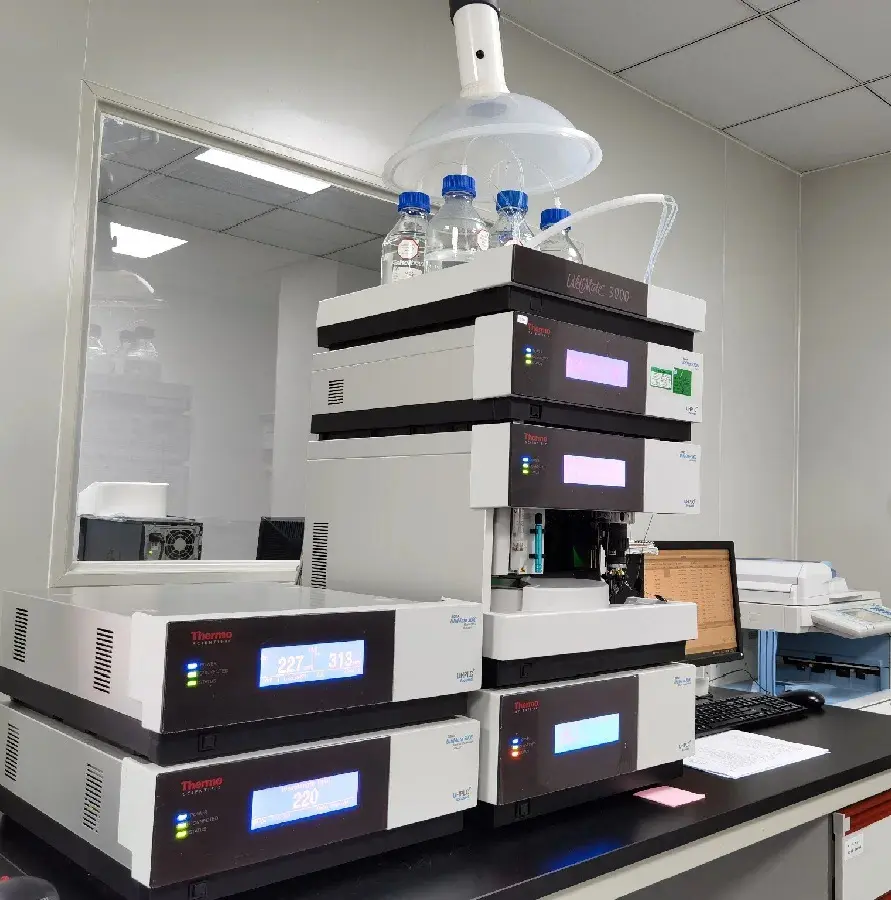 Packaging Validation ISO 11607 Test Report
Packaging Validation ISO 11607 Test Report
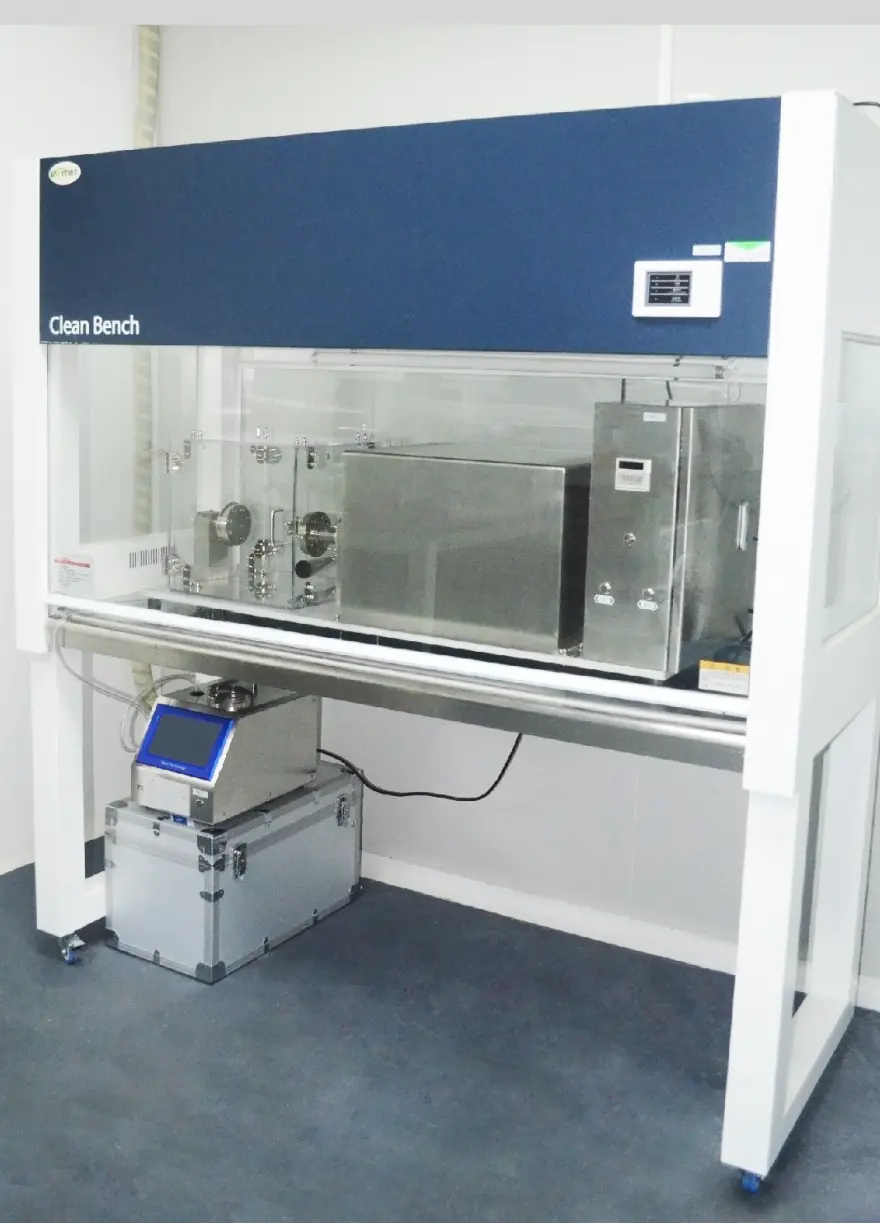 What is the ISO 11607-1 Packaging Validation Test?
What is the ISO 11607-1 Packaging Validation Test?
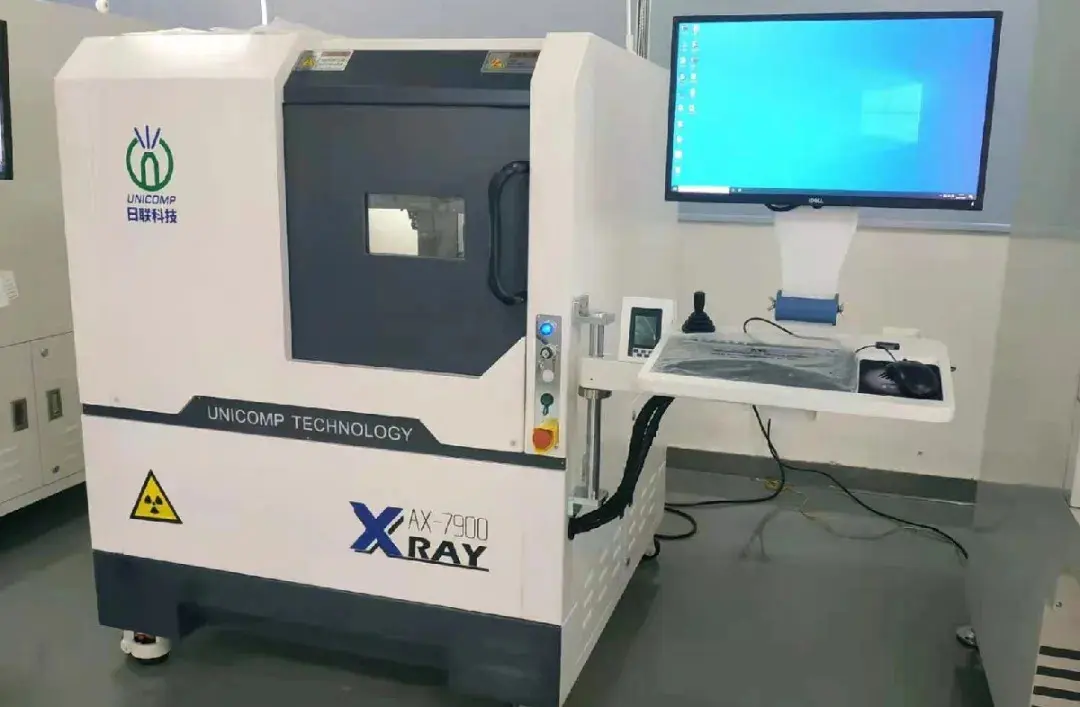 How to get an ISO 11737-1 Test Report?
How to get an ISO 11737-1 Test Report?
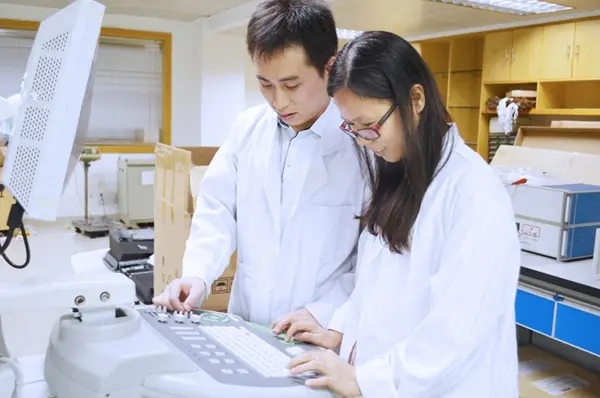 Orthopedic Implant Cleanliness Testing
Orthopedic Implant Cleanliness Testing
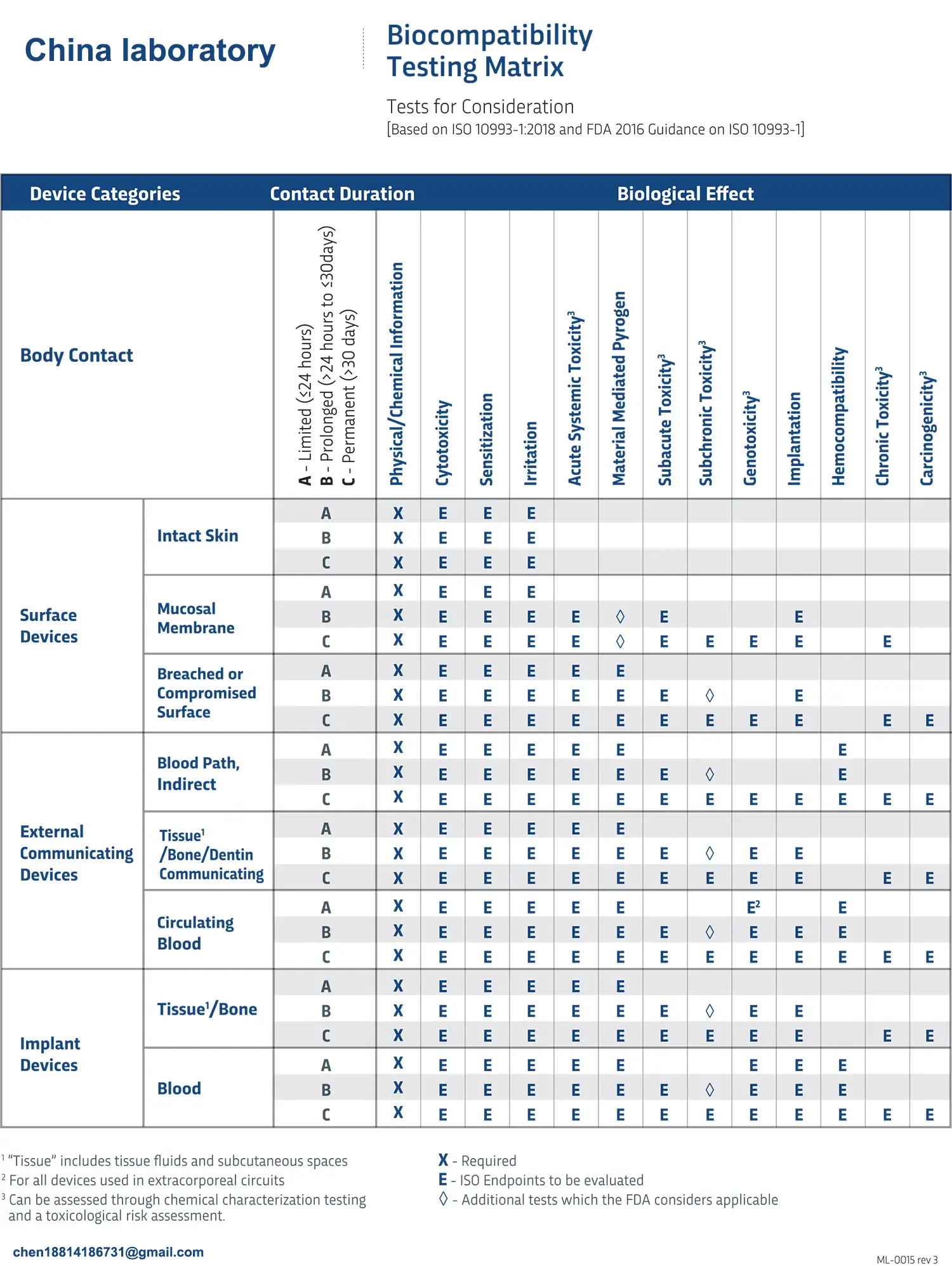 What is ISO 10993-23:2021 Irritation Testing?
What is ISO 10993-23:2021 Irritation Testing?
 ISO 10993-23 Irritation Testing Laboratory
ISO 10993-23 Irritation Testing Laboratory
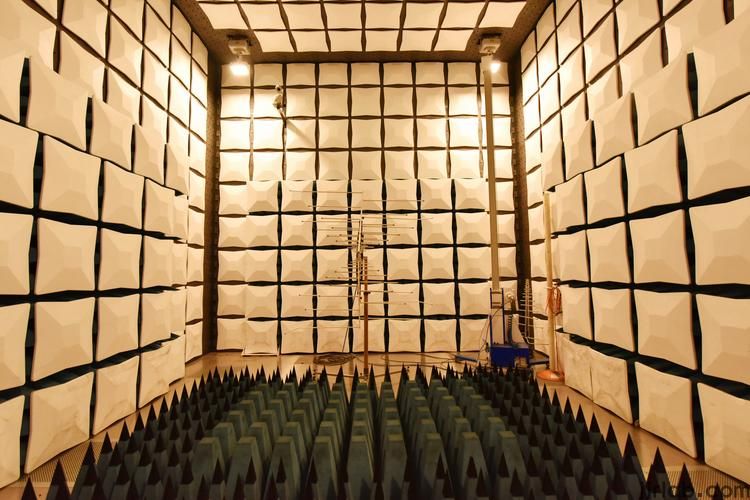 EMI Emissions Testing
EMI Emissions Testing
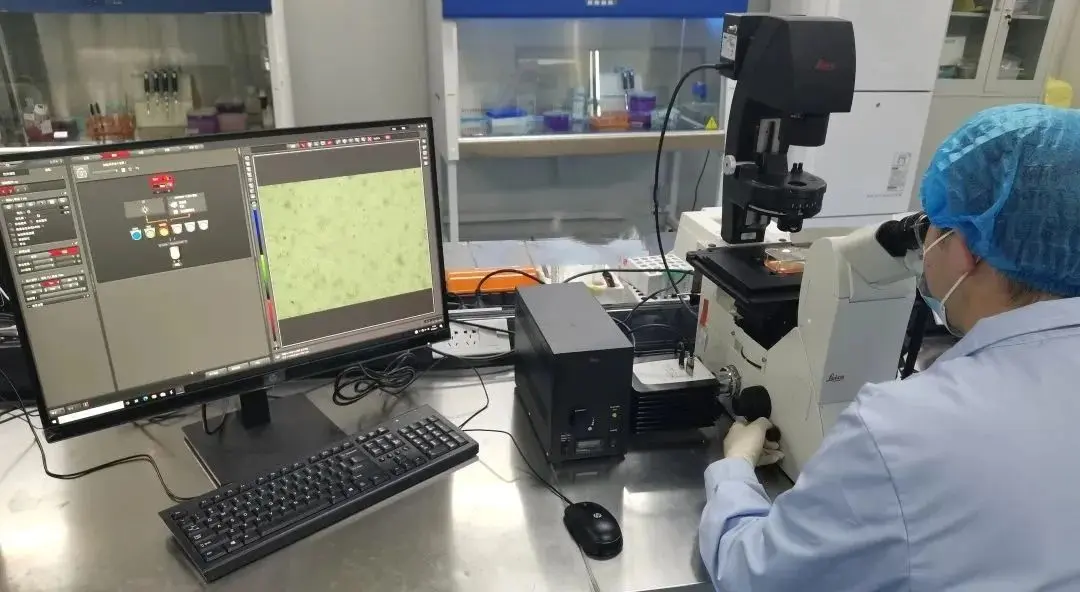 EMC Standards for Medical Devices
EMC Standards for Medical Devices
Leave us a message
24-hour online customer service at any time to respond, so that you worry!




